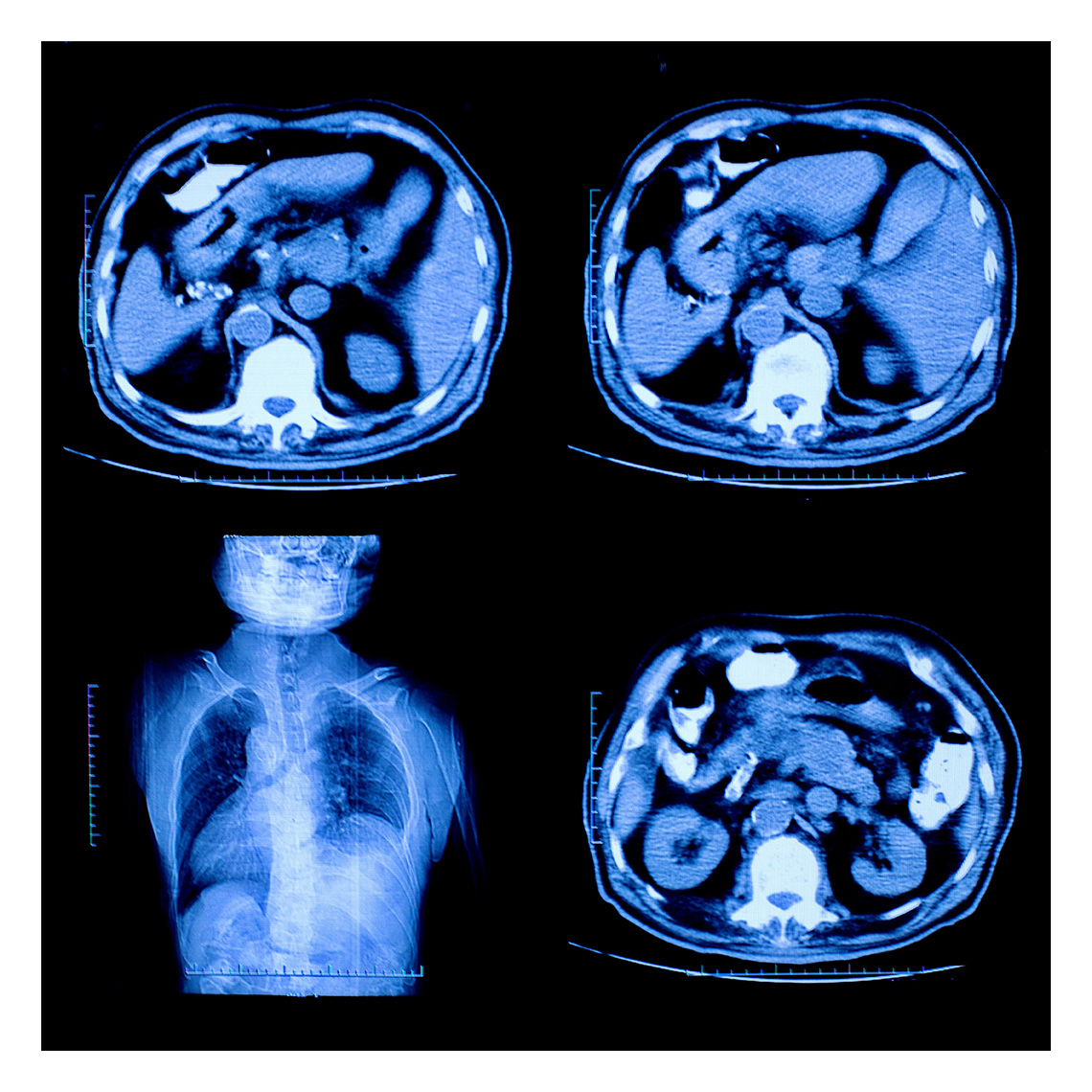Newsletter
Documentation Gaps Increase the Risk of a Malpractice Defendant Being Held Responsible
Sep 30, 2020
The odds of an MPL case closing with an indemnity payment increase 76% when there was inadequate documentation.
According to analysis of 5,410 documentation-impacted cases from CRICO’s national comparative benchmarking system, 56% closed with payment (compared with 30% for all MPL cases). The average payment was $432,000; five percent of cases closed for a million dollars or more. Surgical specialties (29%) were most frequently exposed; 45% involved a high-severity injury or patient death.
Cases in which insufficient documentation was a key contributor are more likely to derive from outpatient care (52%) than from care delivered in an Emergency Department or hospital. Across the study set, 58% of cases were complicated by a failure to properly document clinical findings or the rationale for clinical decisions that impacted the patient’s adverse event. The most egregious cases stem from a lack of documentation that misleads subsequent providers. In particular, the absence of critical information regarding assessment, test results, or evidence of a patient visit or phone call, complicates follow-up care.
Additionally, 34% of the cases analyzed reflect a failure to adequately document appropriate care, i.e., documentation is primarily a defensibility issue—frequently related to the consent process. MPL cases with a breakdown in documentation standards (i.e., defensibility hindrances) have 90% higher odds to close with an indemnity payment than an MPL case without this factor. However, when controlled for severity, clinical care cases drive the closed-with-pay rate up more than the defense issues.
Key considerations for reducing documentation risks include:
- Use real-life cases to demonstrate documentation vulnerabilities (e.g., absent, delayed, incorrect, obscured information)
- Emphasize that subsequent providers have time-sensitive needs for information needed to support the patient’s diagnostic process or treatment plan
- Look for patterns that indicate communication gaps hindering the exchange/documentation of vital signs, test results, specialist reports, etc.
- Determining if critical information is “missing” information or just hard to find will guide remedies
- Examine cutting and pasting issues
- Assess if documentation gaps are concurrent with shift changes or other interruptions in documentation workflow
- Organizations looking to reduce “good care/bad documentation” cases need communication tools to demonstrate this conundrum in ways that motivate vigilant documentation without mandating irrelevant charting. More is not better; better is better.
To better understand your organization’s specific documentation vulnerabilities, consider:
- Are cases being settled primarily due to missing documentation?
- Is documentation a prominent factor for any particular service or setting?
- Is documentation regarding specific types of medication, procedure, or communication commonly missing or inadequate?
Also included in the full report, The Power to Predict, are strategies for defending MPL cases with inadequate documentation.
Additional Materials
- Strategies for improving physician documentation in the ED: a systematic review
- Getting your documentation done: What works best for completing patient charts
- How to keep good clinical records
- Maximizing time with the patient: the creative concept of a physician scribe
- Strategies for improving documentation
- Documentation Do's and Don'ts
Latest News from CRICO
Utilization of Electronic Health Record Sex and Gender Demographic Fields: A Metadata and Mixed Methods Analysis


The Safety of Outpatient Health Care
Characterizing Malpractice Cases Involving Emergency Department Advanced Practice Providers, Physicians in Training, and Attending Physicians


